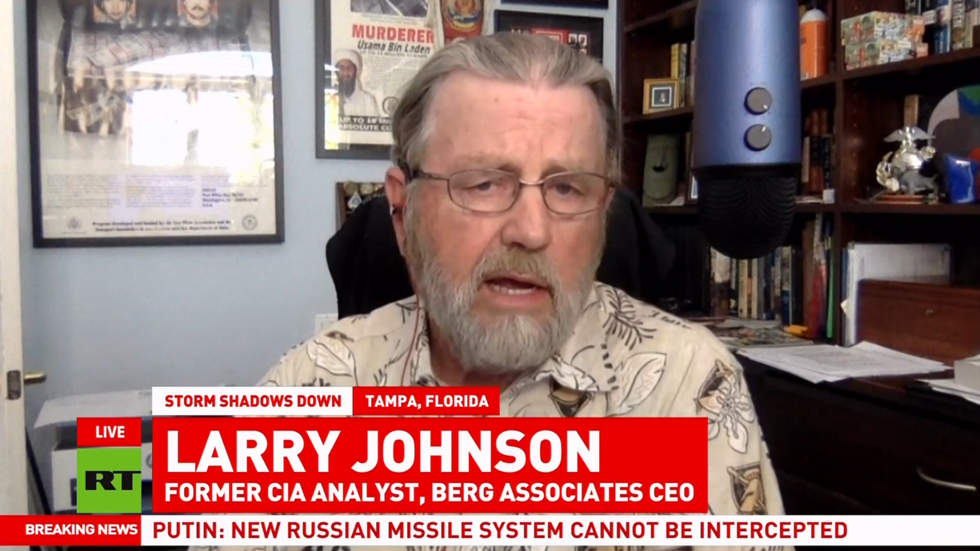The Marriner S. Eccles Federal Reserve building during a renovation in Washington, DC, US, on Tuesday, Oct. 24, 2023.
Valerie Plesch | Bloomberg | Getty Images
Federal Reserve officials appear to have "no idea" what is happening when it comes to the inflation picture in the U.S., according to Julian Howard, lead investment director of multi-asset solutions at GAM.
His comments come as policymakers have in recent weeks been urging patience over interest rate cuts, arguing that inflation has fallen by less than previously expected and is still too sticky for the Fed to press ahead with easing monetary policy.
"I think the message that's coming through is that they have no idea what's going on," Howard said on CNBC's "Squawk Box Europe" on Wednesday.

The Fed did not immediately respond to a CNBC request for comment.
Fed Governor Christopher Waller on Tuesday said that he needed to see further data evidence that inflation was softening before supporting rate cuts.
"In the absence of a significant weakening in the labor market, I need to see several more months of good inflation data before I would be comfortable supporting an easing in the stance of monetary policy," he said at an event at the Peterson Institute for International Economics in Washington.
Waller's comments were echoed by other Fed officials on Tuesday, including Boston Fed President Susan Collins.
"I think the data has been very mixed ... and it's going to take longer than I had previously thought," she said at a conference hosted by the Atlanta Federal Reserve. "We're in a period when patience really matters."
'A credibility problem'
But Fed officials have not come out with a clear message about their expectations or to address why inflation remains elevated, GAM's Howard said.
"Inflation is notoriously difficult to predict and I don't think they have any real idea what's happening," he noted.
"To be honest, there's a credibility problem," Howard said.
Policymakers initially suggested inflation would be subdued when it first started rising, Howard said, explaining that the rate then spiked.
"And now [policymakers] think inflation is coming down but its not coming down fast enough," he said.
Data released earlier this month showed that the U.S. consumer price index came in at 3.4% for April on an annual basis. This was a slight dip from March's 3.5% figure, and far below the 9.1% reading recorded in June 2022 when the inflation cycle peaked — but also remained above the Fed's 2% target.

"Inflation did start coming down but then it seems to have just got stuck at around 3.5% and everyone is trying, is struggling to find a narrative to why's it got stuck at 3.5% and I think that's, that's the challenge," GAM's Howard said.
He added that stock markets appear to be handling the elevated inflation levels and have also adjusted their expectations for interest rate cuts to now price in far fewer than earlier in the year.
Howard attributes the subdued reaction from markets to changes among mega-cap stocks. Those companies currently have high cash levels, which can be invested relatively risk-free, for example in short-term Treasury bills, he explained.
"They've become this sort of all-weather type structure at the top of the market," Howard said. "If rates come down, it's great for the revenue. … If rates go up, or they don't come down as expected, it doesn't matter because [of] the cash level, the cash levels mean that they're making this huge amount of money on an annual basis risk-free."


.png) 6 months ago
32
6 months ago
32









